 Is this not every man´s dream?
Is this not every man´s dream?
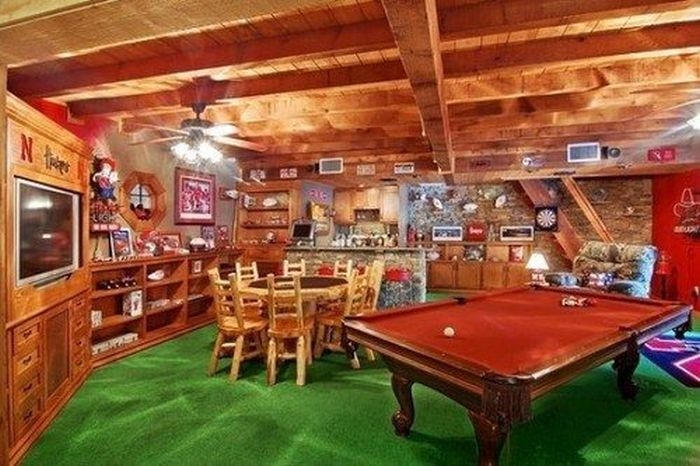
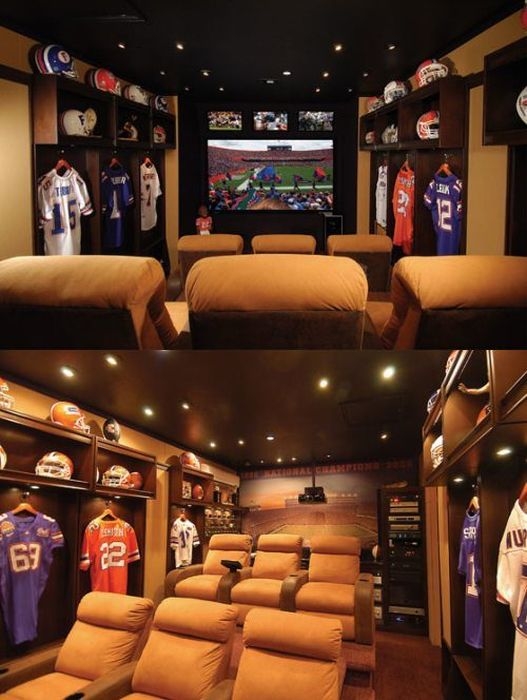
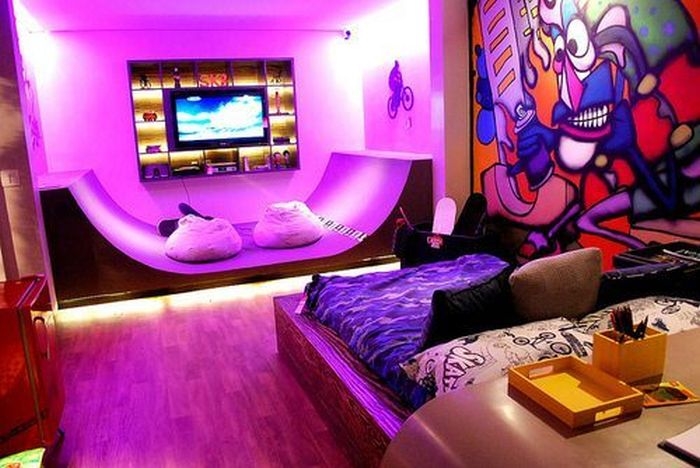
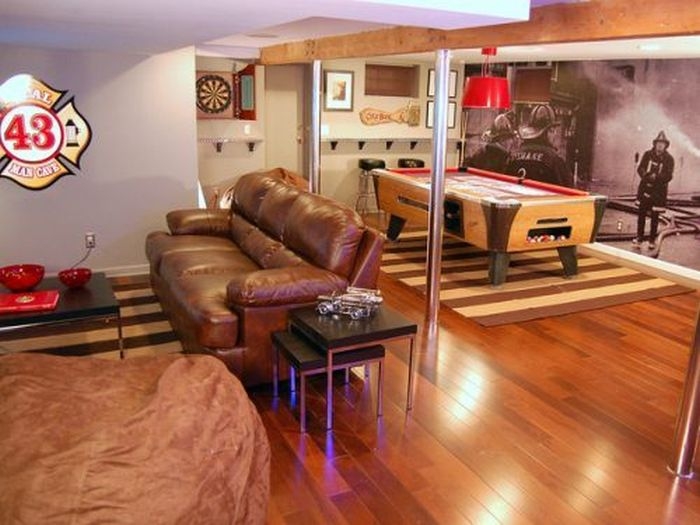
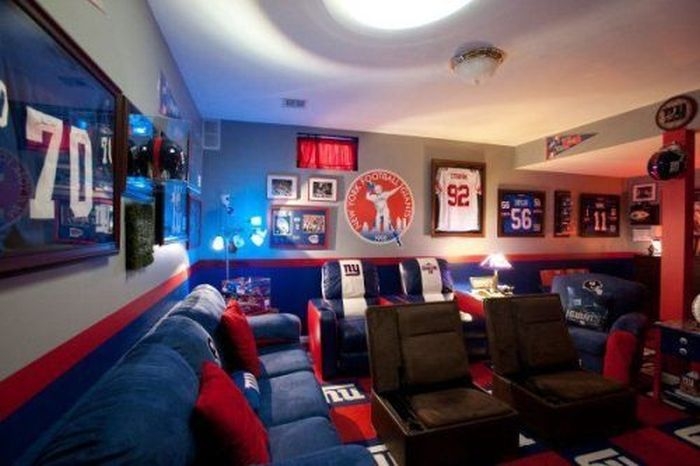
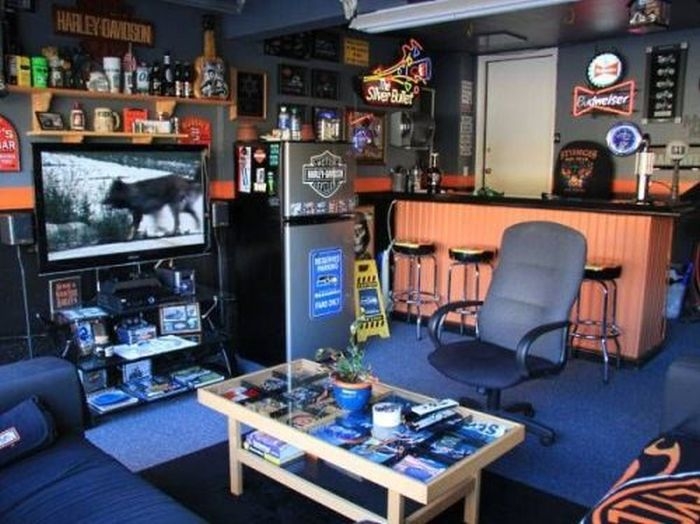
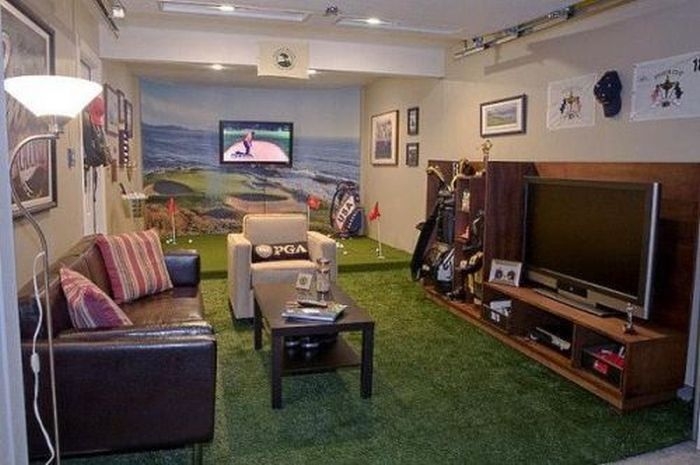
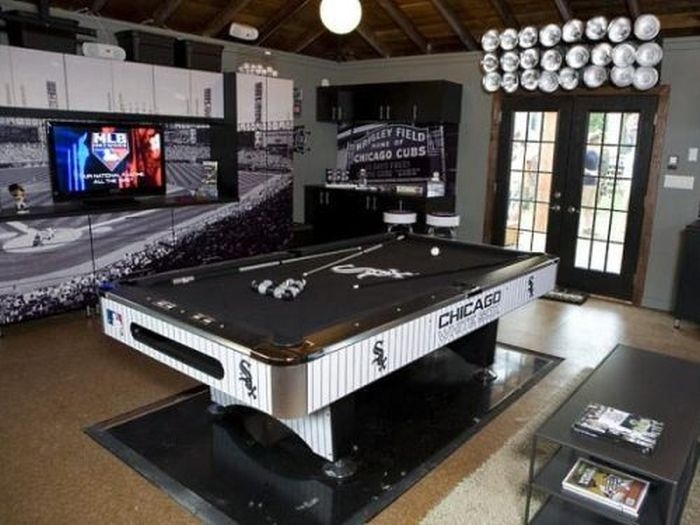
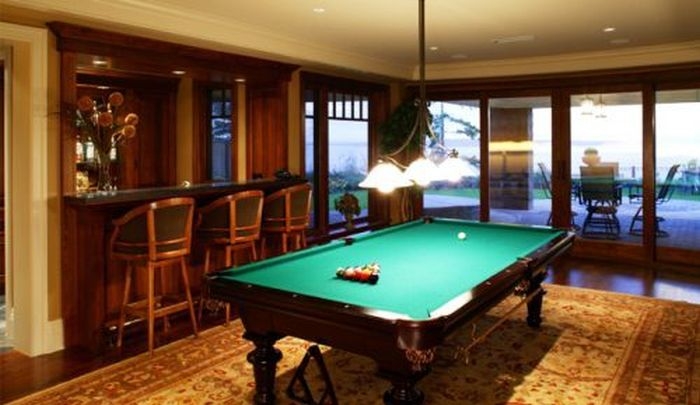
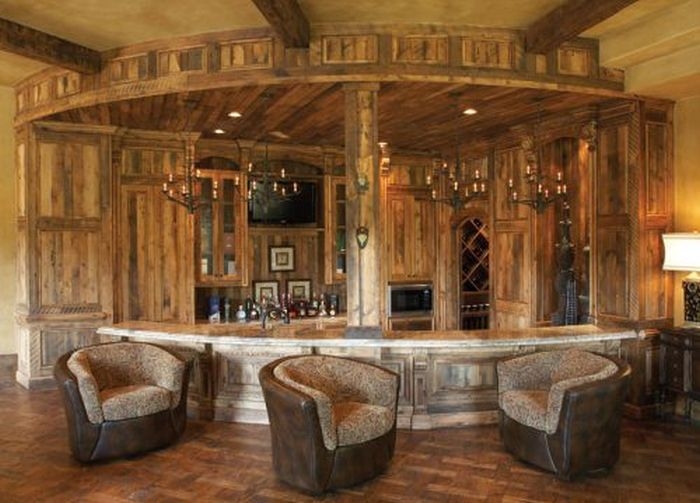
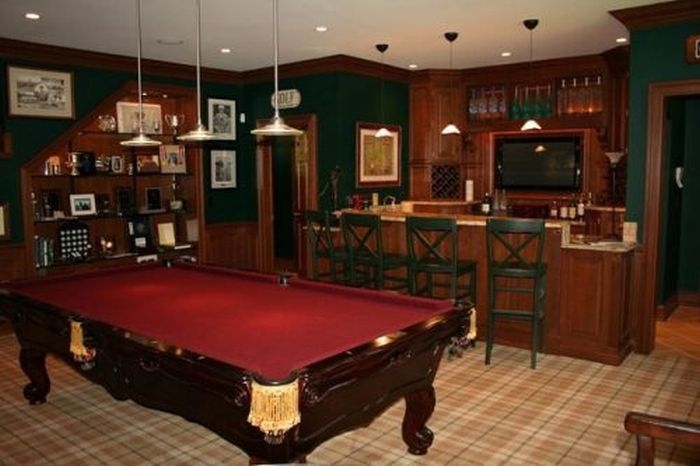
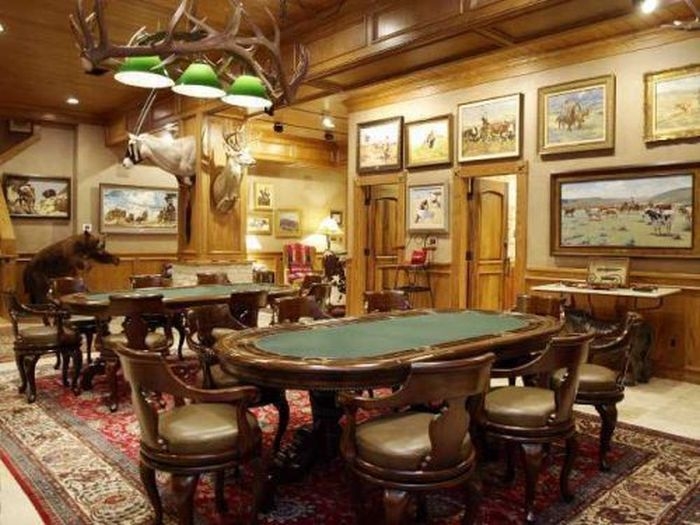
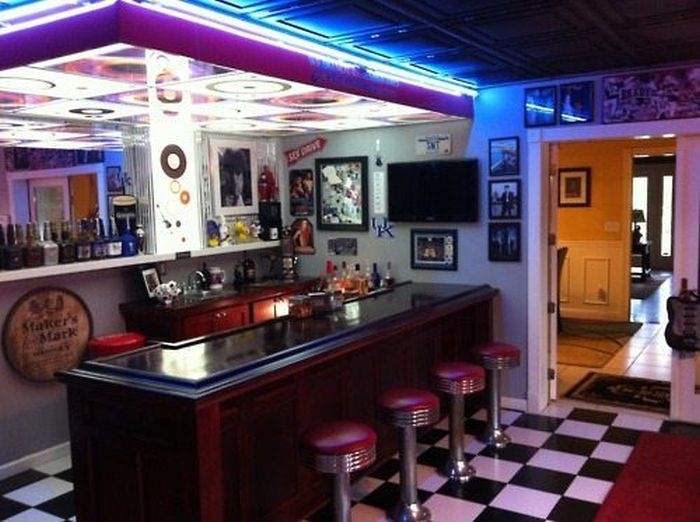
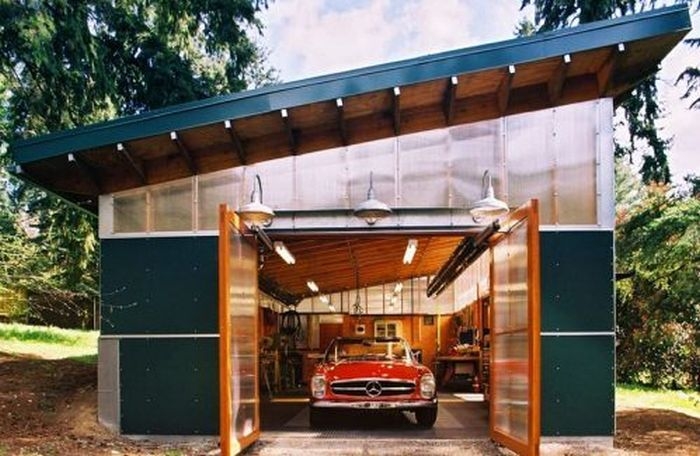
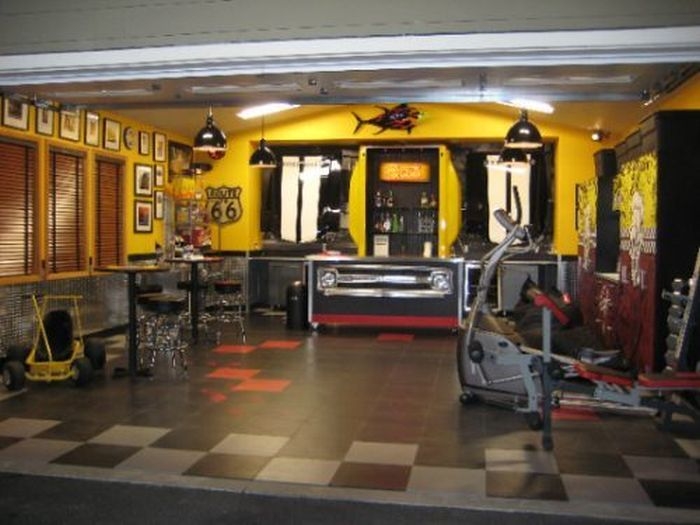

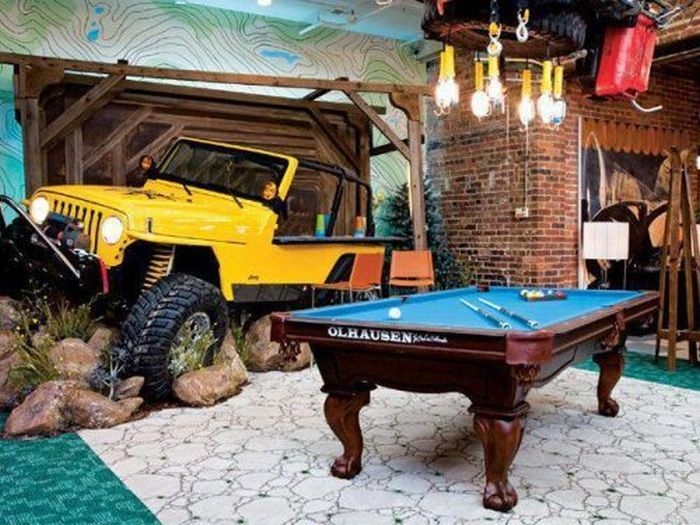
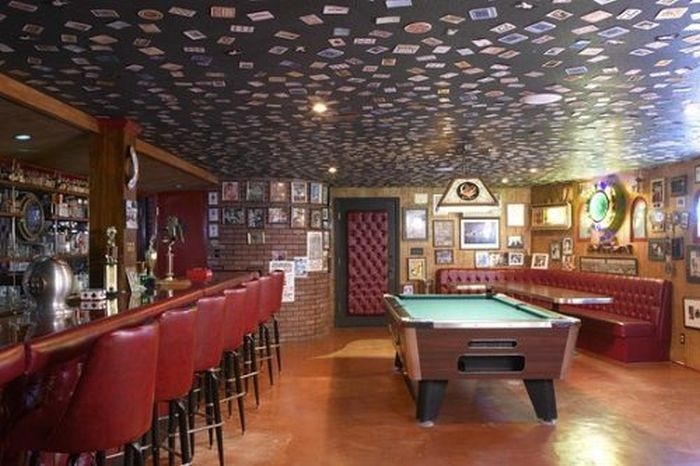
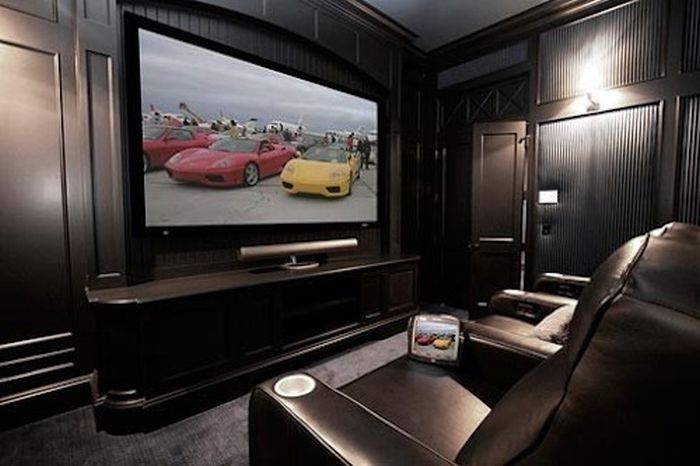
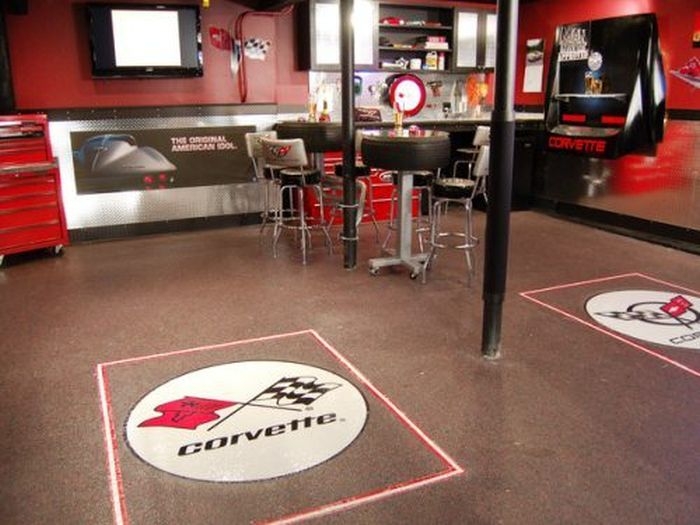
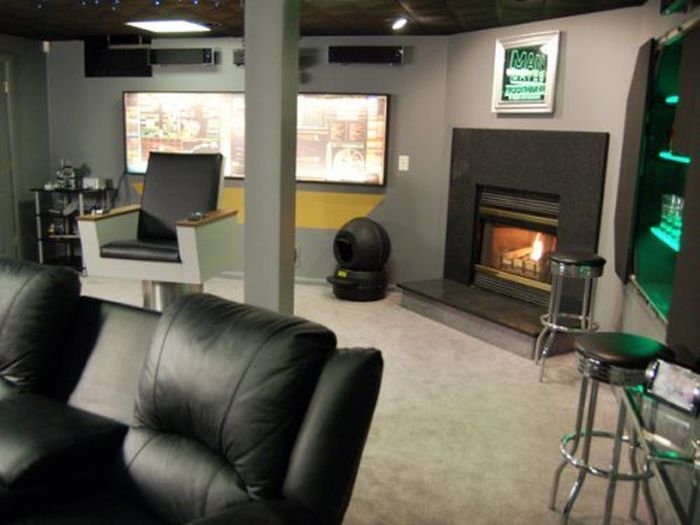
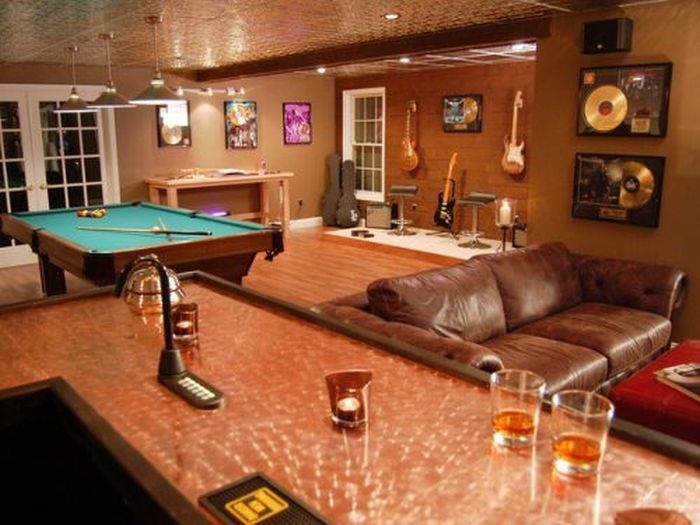
Emmanuel Fonte | Music | Art | Leadership
If music be the food of love, play on. Emmanuel Fonte website is about music, art, real estate, architecture, design and decor. Occasionally, I talk about my other passion, hockey.
 Of all the homes an architect might design over the course of a career, the home he designs for his own family should undoubtedly be the best and most memorable. Such is the case with the work of Ray Kappe, legendary California architect. His home in Rustic Canyon in Los Angeles is known as one of the most distinctive and beautiful houses in the entire state of California.
Of all the homes an architect might design over the course of a career, the home he designs for his own family should undoubtedly be the best and most memorable. Such is the case with the work of Ray Kappe, legendary California architect. His home in Rustic Canyon in Los Angeles is known as one of the most distinctive and beautiful houses in the entire state of California.

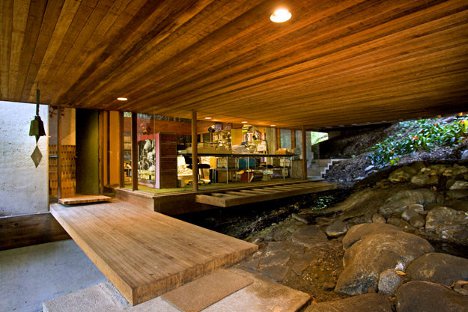
The stunning home, built in 1967, is set on a hillside – but rather than nestling up into the rock, the structure seems to hover slightly above it. The natural springs on the site were left undisturbed and allowed to run beneath the home and through the lot. A series of exterior wooden trellises, decks and platforms extends from the body of the home, connecting it with the natural beauty of its surroundings.
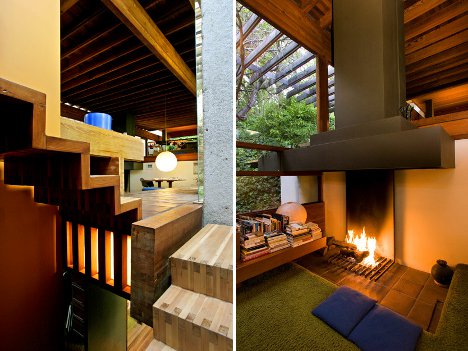
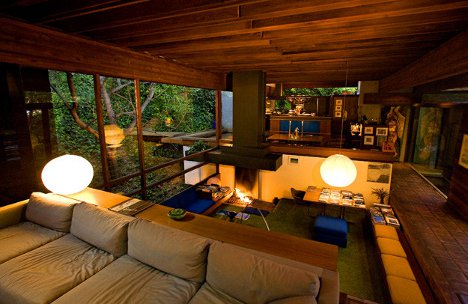
Warm wood and expansive windows are overarching themes throughout the incredibly open home. Designed without interior walls and doors (other than those around the four bedrooms), the Kappe house manages its 4,000 square feet with a surprising sense of comfort and privacy. It is hugged on all sides by thick trees and protected from street views by virtue of its situation high up on the hill and on a 45 degree angle.
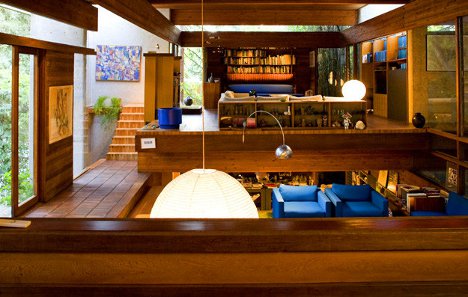
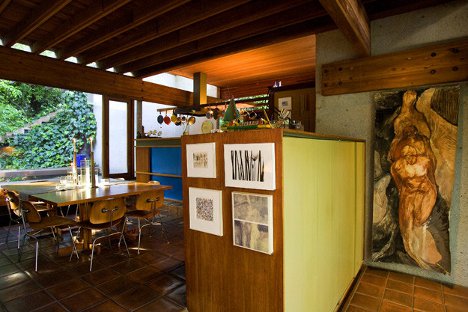
The Kappe home is arranged over a series of seven levels, many of which are visible from various vantage points throughout the interior. The same concrete towers that sink 30 feet into the site’s bedrock foundation extend up and through the living space, sheltering a fireplace and the home’s bathrooms, then continue up to the atrium-height ceilings, where they meet with skylights and clerestories.
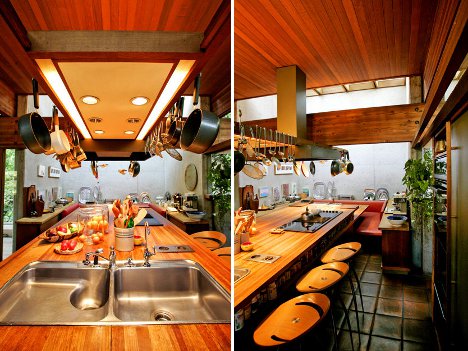
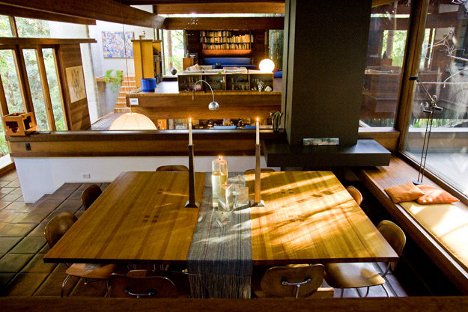
From every vantage point, the home provides a healthy dose of nature along with a sense of comforting friendliness. This is a place meant for a family, not simply a project meant for display. The home has been described as a masterpiece, ranking among some of the most celebrated pieces of architecture not only in California but in America.
courtesy of: Dornob
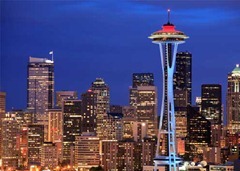 Western states continue to dominate, showing some of the fastest paces of recovery in the nation’s housing markets. With inventories falling, national median list prices increased 2.54 percent year-over-year during the third quarter, Realtor.com reports.
Western states continue to dominate, showing some of the fastest paces of recovery in the nation’s housing markets. With inventories falling, national median list prices increased 2.54 percent year-over-year during the third quarter, Realtor.com reports.
Anecdotally, the greater Seattle area, has seen price appreciation for months now. The lack of inventory is causing multiple offers in many areas!
The site released its rankings of the top 10 turnaround towns, based on third quarter housing data of median list price increases, inventory levels, and employment rates.
1. Oakland, Calif.
2. Sacramento, Calif.
3. San Jose, Calif.
4. San Francisco
5. Seattle-Bellevue-Everett, Wash.
6. Bakersfield, Calif.
7. Santa Barbara-Santa Maria-Lompoc, Calif.
8. Phoenix-Mesa, Ariz.
9. Fresno, Calif.
10. Miami
View more information about what is making these housing markets some of the biggest turnaround housing markets in the nation at Realtor.com.
source: KCM
 The Federal Reserve acknowledged Wednesday that segments of the economy are looking up, particularly housing and household spending. However, the Fed said it will continue to press forward with its stimulus campaign — which includes a move that is lowering mortgage rates — until the economy shows more growth.
The Federal Reserve acknowledged Wednesday that segments of the economy are looking up, particularly housing and household spending. However, the Fed said it will continue to press forward with its stimulus campaign — which includes a move that is lowering mortgage rates — until the economy shows more growth.
At its latest meeting, the Fed renewed its vow to keep rates near zero until mid-2015. It will also continue to buy $40 billion in mortgage-backed debt each month, a program known as “QE3,” which has helped to push mortgage rates into record-low territory in recent weeks.
"The committee remains concerned that, without sufficient policy accommodation, economic growth might not be strong enough to generate sustained improvement in labor market conditions," the Fed said in a statement.
The Fed said that unemployment still remains high at 7.8 percent, the “fiscal cliff” looms at the end of the year, the global economy is struggling, and the U.S. gross domestic product grew at an annual rate of only 1.3 percent in the second quarter.
Source: “Fed Pledges to Maintain Stimulus,” The New York Times
 Prefabrication can carry something of a stigma, being used to mass-produce cheap cookie-cutter structures. One famous architect has a new project, however, that shows another side to this manufacturing method.
Prefabrication can carry something of a stigma, being used to mass-produce cheap cookie-cutter structures. One famous architect has a new project, however, that shows another side to this manufacturing method.
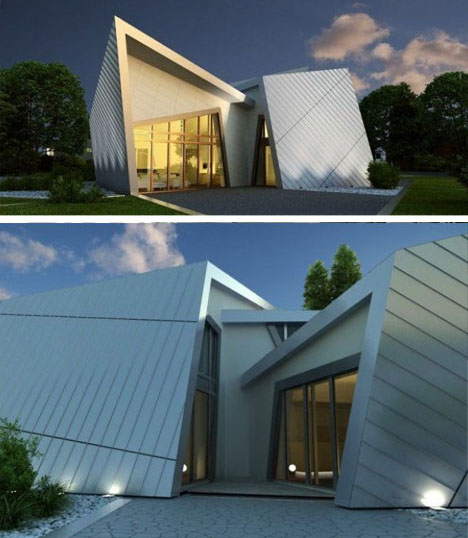
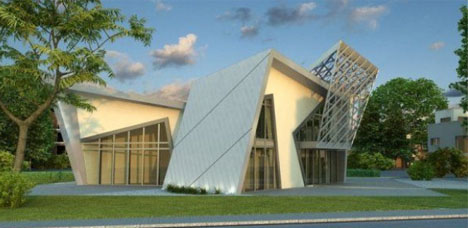
The Libeskind Villa comes with a hefty two-million-pound price tag, but all of those compellingly complex angles that fans of Studio Daniel Libeskind have come to expect from his institutional architecture.
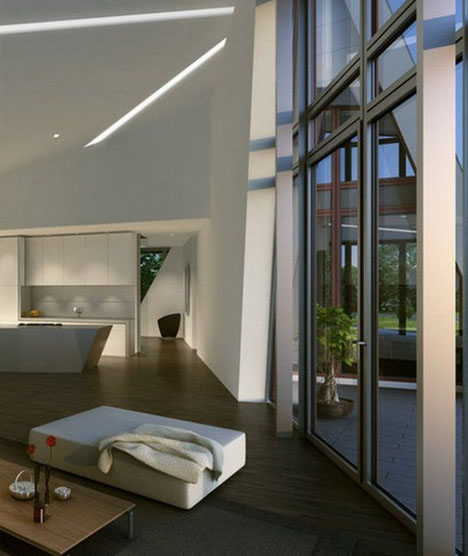
Only thirty lucky (and wealthy) patrons will be able to procure themselves a copy, raising one interesting question: can architecture work like artist prints or ceramics (instead of, say, a single painting or sculpture) and be sold in limited but still plural lots?
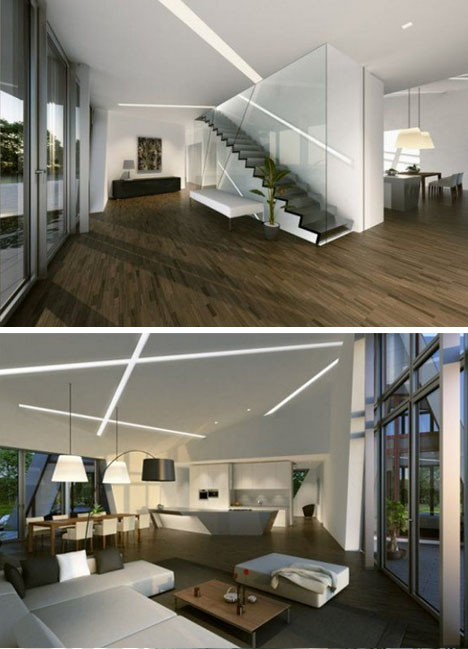
From the architect: “The Libeskind Villa is a 2 floor (with full basement), 4 bedroom, 5,000-square-foot signature series home that can be constructed anywhere in the world. The Villa creates a new dialogue between contemporary living and a completely new experience of space. Built from premium wood and zinc, this German-made, sculptural living space meets the highest standards of design, craftsmanship and sustainability. In addition to the design standards, it meets compliance with some of the toughest energy-saving standards worldwide.”
 The National Association of Realtors’ (NAR) September Existing Home Sales Report revealed that sales declined modestly, but inventory continued to tighten and the national median home price recorded its seventh back-to-back monthly increase from a year earlier.
The National Association of Realtors’ (NAR) September Existing Home Sales Report revealed that sales declined modestly, but inventory continued to tighten and the national median home price recorded its seventh back-to-back monthly increase from a year earlier.
Total existing-home sales fell 1.7% but are 11% above the pace in September 2011.
Existing-home price: the national median was $183,900 in September, up 11.3 percent from a year ago.
Distressed homes – foreclosures and short sales accounted for 24 percent of September sales (13 percent were foreclosures and 11 percent were short sales), up from 22 percent in August and down from 30 percent in September 2011.
Foreclosures sold for an average discount of 21 percent below market value in August.
Short sales were discounted 13 percent below market value in August.
Housing inventory at the end September fell 3.3 percent which represents a 5.9-month supply at the current sales pace, down from a 6.0-month supply in August. Listed inventory is 20.0 percent below a year ago when there was an 8.1-month supply.
Time on market: the median was 70 days in September, unchanged from August, but down 30.7% from 101 days in September 2011.
First-time buyers accounted for 32 percent of purchasers in September, compared with 31 percent in August; they were 32 percent in September 2011.
All-cash sales were at 28 percent of transactions in September, up from 27 percent in August; they were 30 percent in September 2011.
Investors, who account for most cash sales, purchased 18 percent of homes in September, unchanged from August; they were 19 percent in September 2011.
Existing Single-family home sales declined 1.9 percent to a seasonally adjusted annual rate of 4.21 million in September from 4.29 million in August, but are 10.8 percent higher than the 3.80 million-unit level in September 2011. The median existing single-family home price was $184,300 in September, up 11.4 percent from a year ago.
Existing condominium and co-op sales were unchanged at a seasonally adjusted annual rate of 540,000 in September, but are 12.5 percent above the 480,000-unit pace a year ago. The median existing condo price was $181,000 in September, which is 10.0 percent higher than September 2011.
Northeast: Existing-home sales fell 6.3 percent to an annual level of 590,000 in September but are 7.3 percent above September 2011. The median price in the Northeast was $238,700, up 4.1 percent from a year ago.
Midwest: Existing-home sales slipped 0.9 percent in September to a pace of 1.10 million but are 19.6 percent higher than a year ago. The median price in the Midwest was $145,200, up 7.0 percent from September 2011.
South: Existing-home sales increased 0.5 percent to an annual level of 1.93 million in September and are 14.2 percent above September 2011. The median price in the region was $163,600, up 13.1 percent from a year ago.
West: Existing-home sales fell 3.4 percent to an annual pace of 1.13 million in September but are 0.9 percent above a year ago. With continuing inventory shortages in the region, the median price in the West was $246,300, which is 18.4 percent higher than September 2011.
Lawrence Yun, NAR chief economist, commented:
“Despite occasional month-to-month setbacks, we’re experiencing a genuine recovery. More people are attempting to buy homes than are able to qualify for mortgages, and recent price increases are not deterring buyer interest. Rather, inventory shortages are limiting sales, notably in parts of the West.”
![A History of Social Media [Infographic] image of copyblogger infographic thumbnail](http://netdna.copyblogger.com/images/history_of_social_media_thumb.jpg)
I’m going to let you in on a well-kept secret.
There’s nothing new about “social media.”
Further, most online social sharing still happens outside of social networks.
From the very first email sent by researchers in Switzerland in 1971, to modern sites like Google+ and Pinterest, the Internet, and the valuable content it distributes, have always been social.
The very purpose of the Internet (every blog, website and virtual gathering place within it) is to let people connect, communicate, and collaborate.
So the concept behind Facebook, LinkedIn, and other social networking tools isn’t new. These sites just give us new, sexy, and easy-to use ways to do what we’ve always wanted to do online — exchange ideas and information.
The Internet has always been social, and it always will be. Still not convinced?
Here’s a handy timeline that might dispel any further historical myths about the true nature of the Internet, and where we’re all going with it, together …
Copyright © 2016-2024All Rights Reserved
Powered by Wordpress Web Design on the Genesis Framework